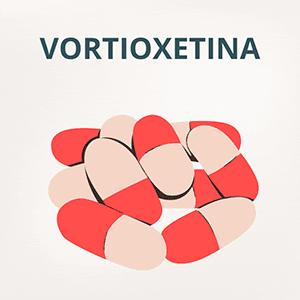Resumen
El objetivo ha sido valorar la presencia de diagnósticos comórbidos de trastornos mentales y adictivos de forma retrospectiva en la historia clínica de pacientes en tratamiento en la UAD de O Porrino.
Material y métodos: Se valoraron las historias clínicas de 222 pacientes en tratamiento en la Unidad Asistencial de O Porrino. Se recogieron de forma retrospectiva los datos de las historias clínicas del centro.
Resultados: La prevalencia de patología dual, considerando como tal la presencia de un diagnóstico actual de trastorno mental y de trastorno por uso de sustancias, fue del 88%. Había una asociación entre el diagnóstico de patología dual y el consumo perjudicial o dependencia de alcohol o cocaína pero no con el de heroína. Los trastornos mentales más frecuentes en los pacientes duales que en los no duales fueron los trastornos afectivos, los trastornos de ansiedad y los trastornos psicóticos.
Conclusión: Por lo tanto, existe una elevada prevalencia de pacientes con patología dual entre los sujetos que buscan tratamiento sobre todos entre aquellos con dependencia de alcohol o cocaína. Estos datos pueden ayudar a la hora de planificar los recursos asistenciales para este tipo de pacientes.
Para poder visualizar el texto completo, necesita tener instalado el Adobe Reader, si usted no lo tiene puede bajárselo gratuitamente desde la dirección: get.adobe.com/es/reader/
Abstract
The aim has been to value the presence of diagnoses comorbid of mental and addictive disorders of retrospective form for the patients' clinical history for treatment for the UAD of O Porriño.
Material and methods: There were valued the clinical histories of 222 patients for treatment for the Welfare Unit of O Porriño. There was gathered from retrospective form the information of the clinical histories of the center.
Results: The prevalence of dual pathology, considering as such the presence of a current diagnosis of mental disorder and of disorder for use of substances, was 88 %. There was an association between the diagnosis of dual pathology and the harmful consumption or dependence of alcohol or cocaine but not with that of heroine. The mental disorders more frequent in the dual patients than in the not dual ones were the affective disorders, the anxiety disorders and the psychotic disorders.
Conclusion: Therefore, a patients' high prevalence exists with dual pathology between the subjects that look for treatment on all between those with dependence of alcohol or cocaine. This information can help at the moment of planning the welfare resources for this type of patients.






